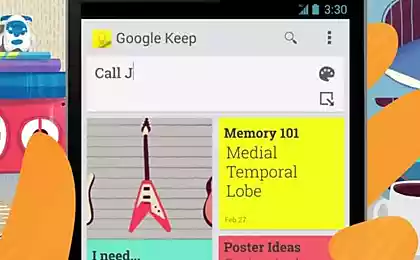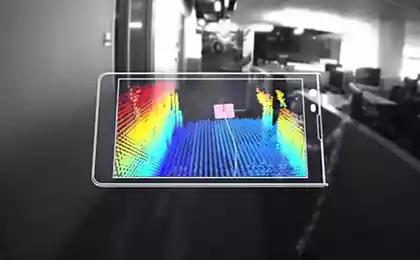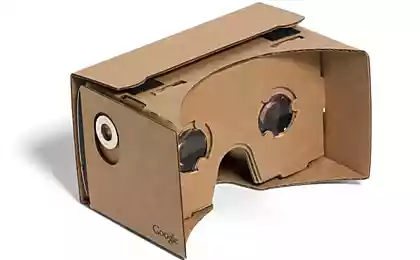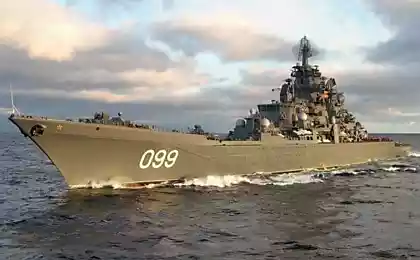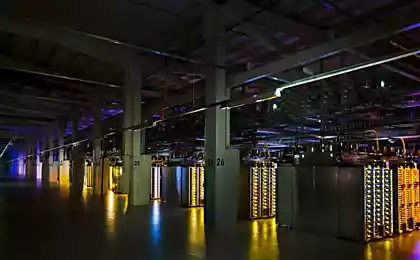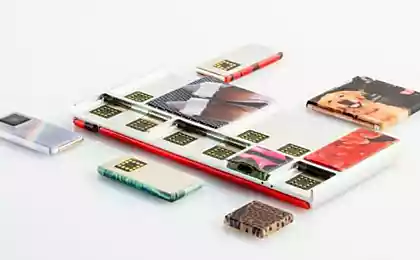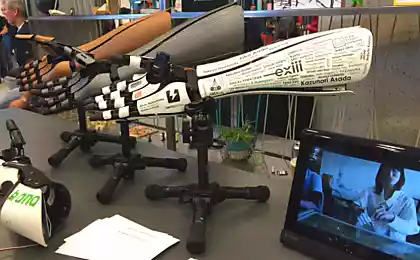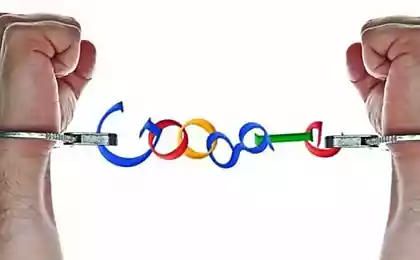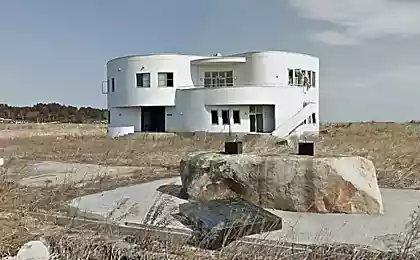671
Radar finger invented in Google

Division advanced technologies and products Google ATAP last I / O conference revealed many interesting things. Perhaps the most unusual of the featured technology called Project Soli .
In short, Project Soli - radar on this tiny chip that can be embedded into any surrounding objects: a mirror, stove, television. All items that vzaimodeystviyut with man. Now they will recognize finger gestures to an accuracy of less than 1 mm, as in the movie "Minority Report" or « It ».
No need to install bulky cameras and additional equipment, especially any camera can not track the movement with a frequency of 10,000 fps, as does Soli.
Everything is extremely compact. This gesture recognition can be incorporated, for example, in a column.
Or watch.
This makes sense, because most compact devices controls are too small to have direct contact with them.
From the stage of Google I / O showed an early prototype technology Soli, but even he comes across. Recognition accuracy micromotions fingers exceptionally high, the radar detects the slightest nuances of the contact fingers and the speed of their movement, for example, if you rub a finger on the other.
Inventor and founder of the radar project Soli is the Russian engineer Ivan Pupyrev. In this video he and his colleagues talk about their development in more detail.
The project comes just 10 months, but in that time managed to reduce the radar to such an extent to make Soli chip no bigger than a fingernail. Little wearable electronics is becoming more popular, so the appearance of this interface in handy.
Moreover, the technology can be useful in virtual reality devices that the user can realistically contact with objects in the virtual world without wearing gloves.
Google says nothing about the timing of the project or any plans to promote it, and where she is going to build these chips. It is too early, it is only the first demonstration.
Source: geektimes.ru/post/251368/
Rubber man from India can be folded in half along the spine
Hawaii continues to experiment in long-term isolation team of astronauts

